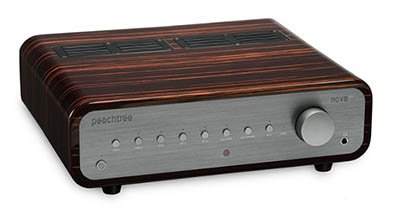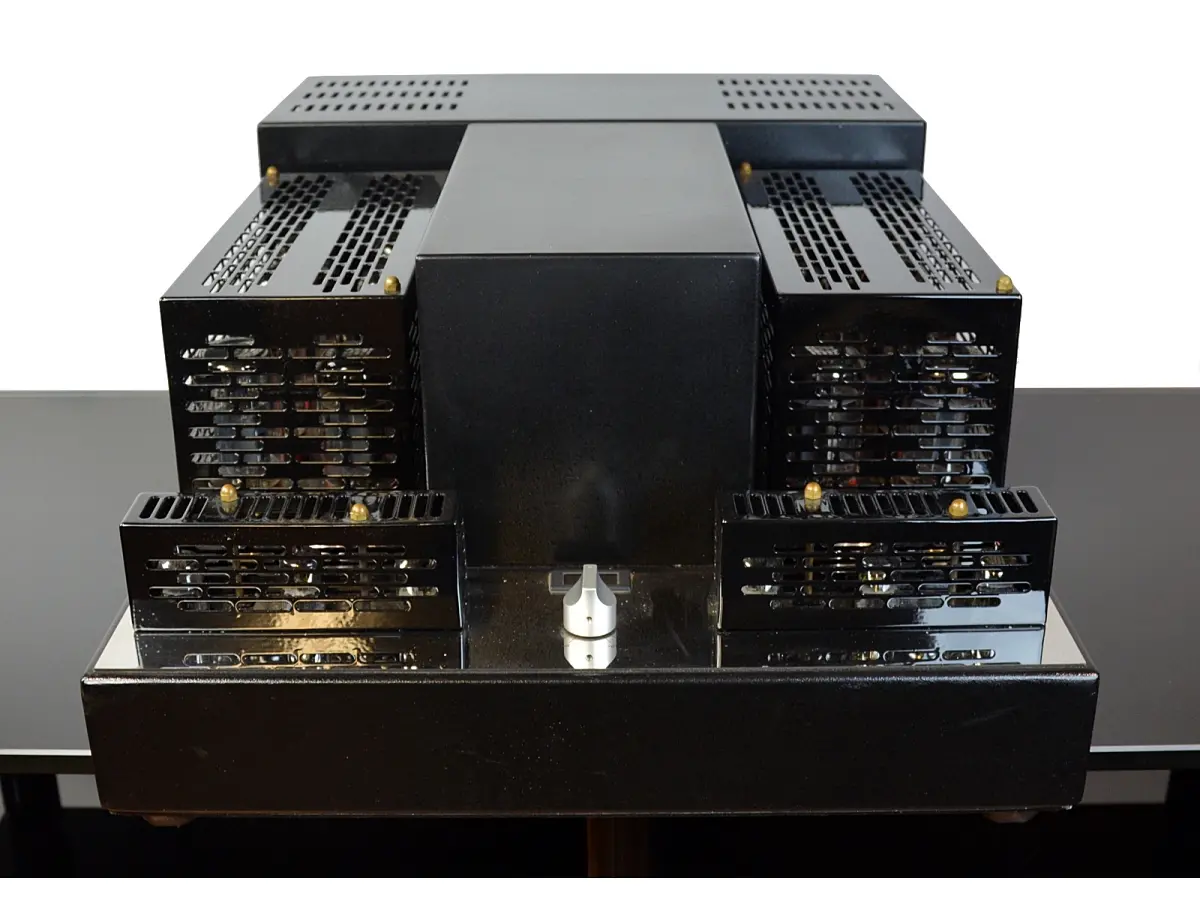

However, be careful! If you do need to use the speaker jack, first make sure to attenuate it with about 100 ohms of resistance using a resistor or


If you don't have a line-out jack, just use the headphone or speaker jacks of your radio. On the newer Kenwoods, it is provided via the"Accesory-2" If it does, then you will want to use this output for your spectral test signal. First,Ĭheck to see if your receiver provides a "Line-Level" Audio Output jack of some kind. Hamalyzer Assuming that you have a computer and an audio spectral analyzing program such as "Spectra Plus" or "Hamalyzer", the following will detail how to look at your receivers frequency response. Use of high quality headphones or high quality external stereo amplifier with high quality speakersĬlick to download a trial version of either: Slope Tuning or Shift / Width at widest positions Volume / AF - No more than 11:00 position to avoid unnecessary distortion Filters at widest position or disabled) (DSP at widest settings) The following is a list of controls to adjust for maximum receiver performance and listening naturalness: For a 2.4kHz filter setup, I would recommend a 100Hz offset at the low end for the more pleasing (not the most articulate) sound and a richer texture. Spectrum you want the transceiver to operate in. So, the carrier set point is important depending on what part of the audio However, if the carrier set point on the low-end has been adjusted for 100Hz, resulting in a high-end cutoff of 2.5kHz, it will sound much richer in comparison. To "Tinny"! For example, if the carrier set point for a 2.4kHz filter point is adjusted at, say 300Hz on the low end of the audio spectrum, then the approximate high cutoff will result at around 2.7kHz. Depending on where the carrier set point of your transceiver is adjusted, a 2.4kHz bandwidth could sound anywhere from "Bassy"


 0 kommentar(er)
0 kommentar(er)
